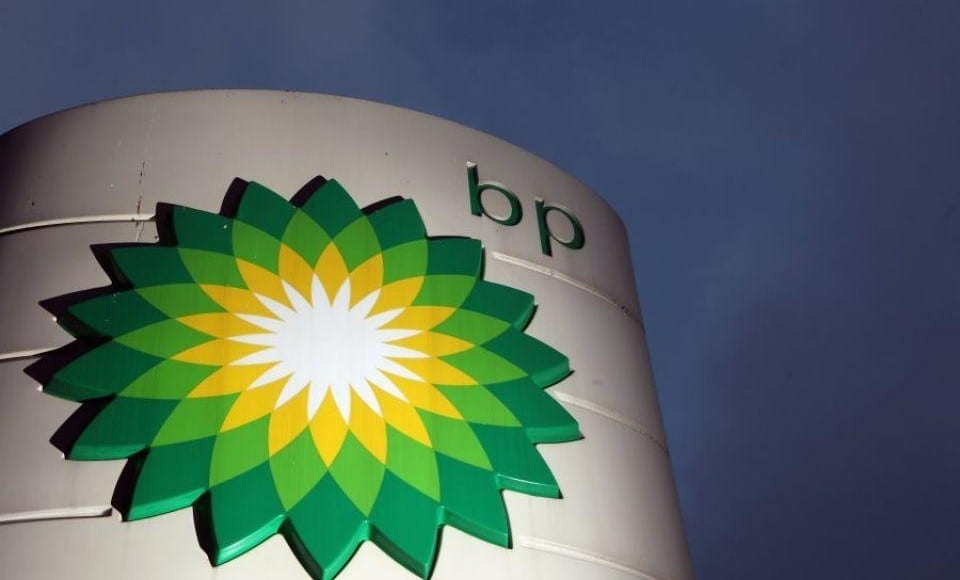(Bloomberg) The British company bumped up its forecast for electric vehicles by 80 percent to 180 million by 2035, according to an energy outlook released Tuesday. It expects a third of the miles driven in 2040 will be powered by electricity.
The company forecasts the abundance of gasoline and diesel cars will ensure overall oil demand will continue to grow at about 0.5 percent per year. But that’s slower than the 0.7 percent annual increase it forecast last year. Consumption is expected to peak at 110 million barrels per day in the mid-2030s, BP’s Chief Economist Spencer Dale said. That’s earlier than the mid-2040s he predicted last year.
“The suggestion that rapid growth in electric cars will cause oil demand to collapse just isn’t supported by the basic numbers — even with really rapid growth,” Dale said. “It’s almost nothing. Oil used in the car market is essentially flat for the next 20 years.”
instead has a “evolving transitions scenario,” which has a stable pace of change.
Demand from cars, the backbone of oil consumption growth in the past century, may drop after 2030 and be at about today’s level by 2040, BP said. The surge of electric cars means manufacturers may not need to put as much effort and investment in increasing the efficiency of gasoline and diesel vehicles, Dale said.
“Selling more EVs will tend to have almost no effect on oil demand because now I can sell a greater number of large cars or I can do less investment in light weighting,” Dale said.
The change to cleaner energy is going to be slow and BP won’t be left holding any oil assets it can’t produce from economically, Chief Executive Officer Bob Dudley said in an interview Tuesday. Cleaner burning natural gas will be an important fuel in that transition, he said.
Gas is expected to grow faster than oil, adding about 1.6 percent per year as it increasingly becomes the fuel of choice for power producers, according to the outlook report. Coal consumption is projected to flatline.
“It’s significant that BP has kicked the notion of an energy transition to the forefront of its latest outlook,” said Luke Sussams, senior researcher at Carbon Tracker Initiative, a London-based think tank. Still, its business-as-usual projection “shows the yawning gap between company expectations and the 2˚C climate target set by the world’s leaders in Paris in 2015.”
BP has also raised its forecasts for renewables. It expects clean-energy technologies will make up 40 percent of the growth in energy supplies in the years ahead. The London-based company increased solar power projections by 150 percent compared with 2015 as panel costs fell faster than anticipated amid strong policy support globally.
“We cannot predict where these changes will take us, but we can use this knowledge to get fit and ready to play our role in meeting the energy needs of tomorrow,” Dudley said in a statement.
The oil company recently bought a stake in British solar developer Lightsource Renewable Energy Ltd. for $200 million. It’s also said to be weighing a bid for Terra Firma’s Rete Rinnovabile Srl, a solar company based in Italy.
The biggest driver of oil consumption is likely to be petrochemicals. However, BP has reduced its forecast for demand from that sector by 2 million barrels a day as governments around the world are beginning to regulate the use of products such as plastic bags. Packaging makes up about 3 percent of global oil use.
“We think we’re going to see increasing regulation against some types of petrochemical products, particularly single-use plastics,” Dale said. “As a result of that, we have less growth in non-combusted oils than we otherwise would have done.”



